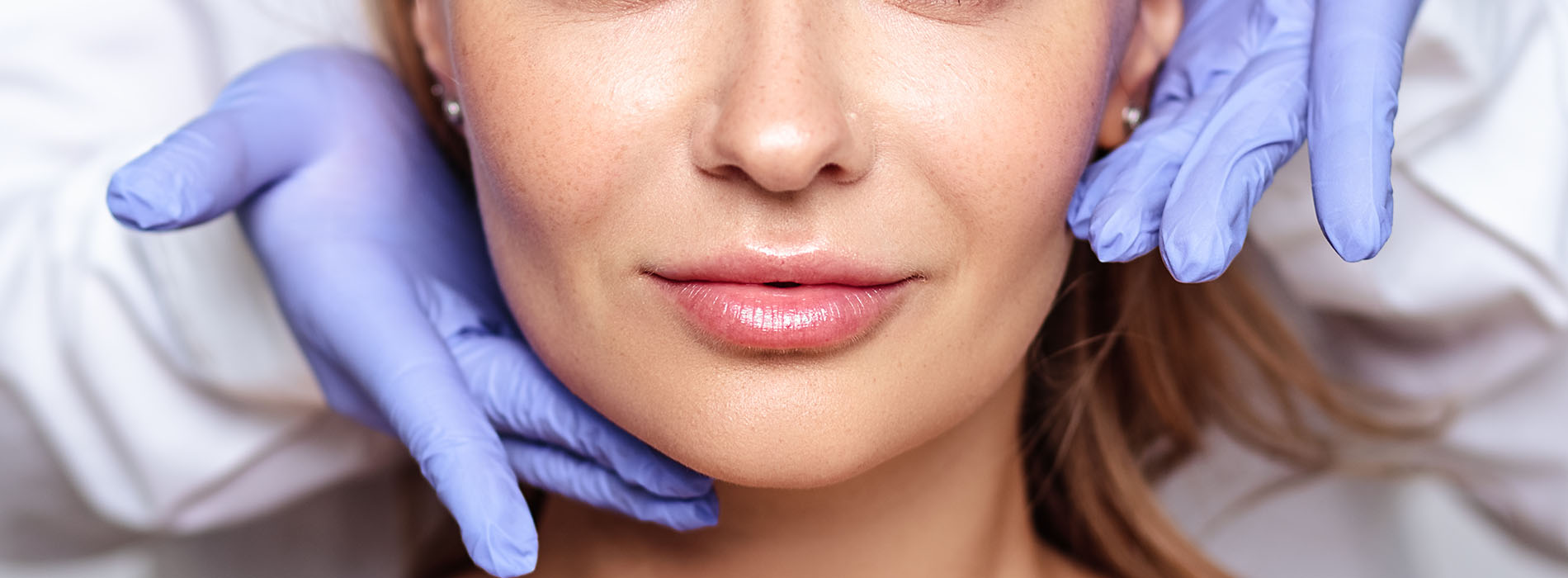Botox® offers a reliable, minimally invasive option for reducing the appearance of dynamic wrinkles and helping patients achieve a more rested, natural look. Performed in-office by trained clinicians, these treatments are quick to administer and can be tailored to each patient’s facial anatomy and aesthetic goals. Below you’ll find practical, evidence-based information about how Botox® works, what to expect during treatment, and the broader therapeutic roles it can play in patient care.
How Botox® Restores a Refreshed Appearance
Botox® is a prescription neuromodulator that temporarily reduces muscle activity where it is injected. Many lines and creases form because small muscles under the skin repeatedly contract — over time these movements create visible creases. By relaxing those targeted muscles, Botox® softens dynamic wrinkles such as frown lines, forehead lines, and crow’s feet without affecting the underlying structure of the face.
The effect is selective: skilled clinicians place micro-injections into specific muscles to preserve natural facial expression while diminishing excessive contractions. This approach allows patients to look less fatigued or stern without appearing "frozen." The degree of muscle relaxation is controlled through dosage and injection placement, which is why experience and anatomical knowledge matter when choosing a provider.
Results typically develop gradually. Most patients notice an improvement within a few days, with maximum smoothing often apparent by two weeks. The treatment does not permanently change muscle function; instead, it provides a temporary reduction in activity that can be refreshed with follow-up treatments if the patient desires to maintain the effect.
What to Expect During a Typical Botox® Session
An initial consultation is an essential first step. The clinician reviews medical history, discusses aesthetic goals, and examines facial movements to determine which muscles contribute to visible lines. This allows for a customized plan that targets only the areas that will provide the most natural-looking improvement. Patients should mention any neurological conditions, recent infections near the injection site, or medications that affect neuromuscular function.
Treatment sessions are typically brief — often taking 10 to 30 minutes depending on the number of areas addressed. After cleansing the skin, the clinician uses fine-gauge needles to deliver small, precise injections. Most patients describe only mild discomfort; topical numbing or ice can be used for extra comfort if needed. Because injections are localized and minimally invasive, there is little to no downtime and many patients return to their daily routines immediately.
Aftercare is straightforward: avoid rubbing or massaging the treated areas for several hours, and refrain from vigorous exercise on the day of treatment. Mild, temporary side effects can include slight redness, swelling, or bruising at injection sites. Serious complications are rare but can be minimized by choosing a qualified injector who follows established safety protocols.
Is Botox® Appropriate for My Concerns? Suitability and Safety
Botox® is suitable for many adults seeking to soften expression lines caused by muscle movement. It is commonly used for vertical lines between the eyebrows, horizontal forehead lines, and crow’s feet beside the eyes. Ideal candidates have realistic expectations and understand that Botox® addresses dynamic wrinkles rather than sagging skin or volume loss, which may require complementary treatments like dermal fillers or skin resurfacing.
Certain medical conditions or medications may affect candidacy, so a thorough medical history is important. Pregnant or breastfeeding patients are generally advised to defer treatment until after pregnancy. The safety profile of Botox® has been established through years of clinical use when administered by trained professionals, but like any medical procedure, it carries potential risks that should be discussed during the consultation.
Choosing an experienced clinician ensures proper dosing and injection technique, which reduces the likelihood of unwanted effects such as asymmetry, drooping of nearby muscles, or diffusion of the product into unintended areas. Patients are encouraged to ask about their provider’s training, experience with facial anatomy, and how they handle follow-up care if adjustments are needed.
Medical and Therapeutic Uses Beyond Cosmetic Smoothing
While Botox® is widely recognized for its cosmetic benefits, it also plays an important role in treating a variety of medical conditions. Clinically, Botox® has applications in neurology, dermatology, and otolaryngology, among other fields. For example, it is used to reduce excessive underarm sweating (hyperhidrosis), to manage chronic migraine in selected patients, and to treat certain types of muscle spasm or dystonia by weakening overactive muscles.
These therapeutic uses rely on the same principle as cosmetic applications: selective muscle relaxation or modification of local nerve signaling. When used for medical indications, treatment plans follow condition-specific protocols and are typically overseen by providers experienced in those particular diagnoses. Patients receiving Botox® for therapeutic reasons undergo a targeted assessment to confirm appropriateness and to monitor response over time.
It’s important to recognize that therapeutic outcomes and follow-up schedules can differ from cosmetic treatments. Some patients report meaningful symptom relief in weeks, with repeat treatments scheduled according to the clinical benefit. As with cosmetic use, thoughtful evaluation and clear communication between patient and provider support the best outcomes.
Maintaining Results: Timing, Follow-Up, and Complementary Care
The duration of Botox® effects varies between individuals but commonly lasts several months before muscle activity gradually returns to baseline. Maintenance treatments are an option for patients who wish to sustain their results. During follow-up visits, clinicians reassess movement patterns and aesthetic goals and may adjust injection sites or doses to refine outcomes over time.
Botox® works well in combination with other non-surgical cosmetic modalities. Many patients find enhanced results when Botox® is paired with dermal fillers, professional whitening, or skin treatments that address texture and pigmentation. Coordinating these therapies with a comprehensive plan can provide a more balanced and long-lasting rejuvenation than any single treatment alone.
Patient education is a key part of long-term success. Understanding realistic timelines for onset and duration, recognizing normal temporary side effects, and knowing when to contact the clinic about unexpected concerns all help ensure a smooth experience. Thoughtful scheduling around personal commitments — for example, allowing a short window before a major event — helps patients feel confident about timing their treatments.
At Cruzin' Dental, our clinical team emphasizes individualized care and clear communication so patients can make informed choices about Botox® and related options. If you’d like to learn more about how Botox® might fit into your treatment plan, please contact us for more information.




